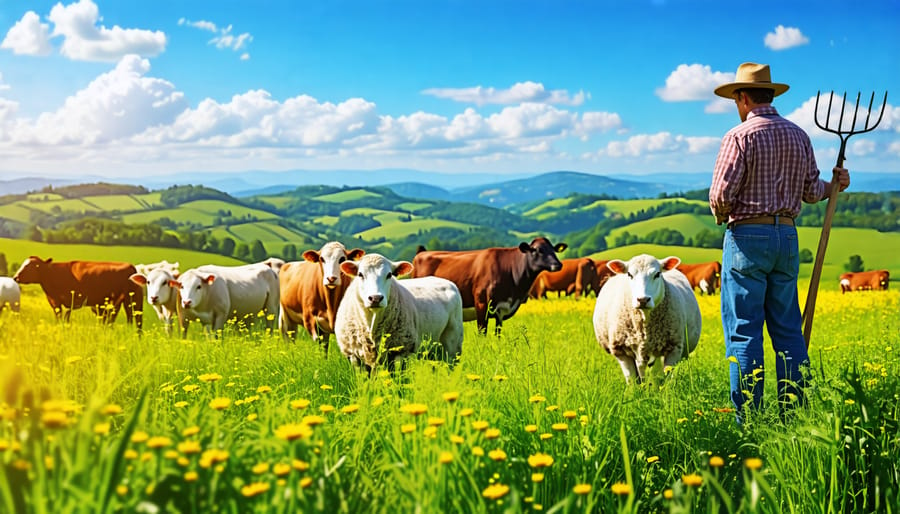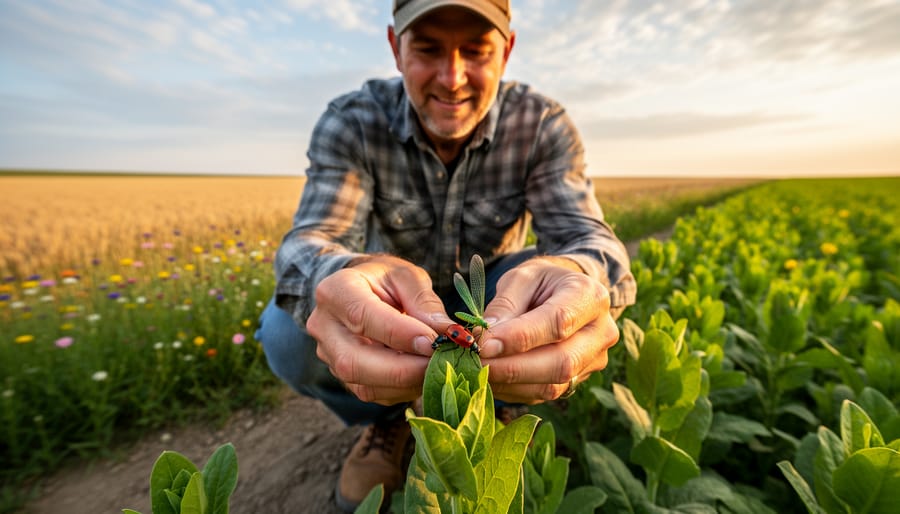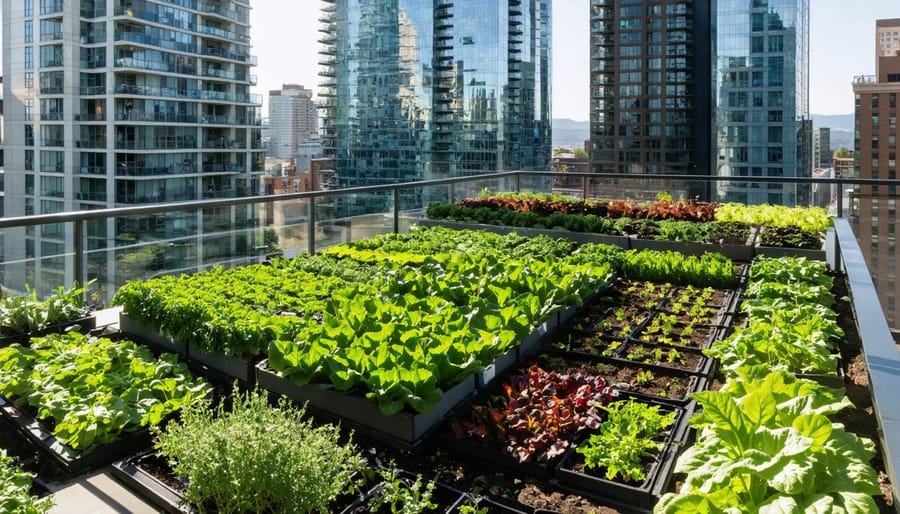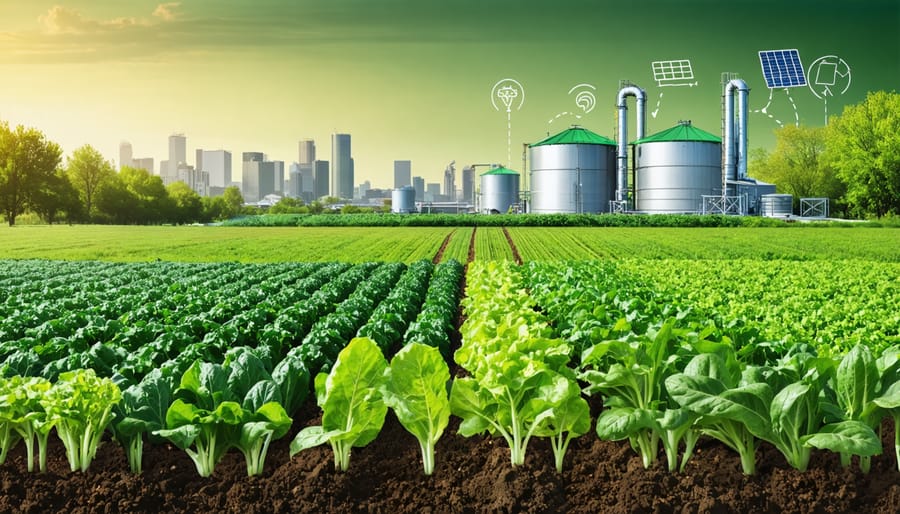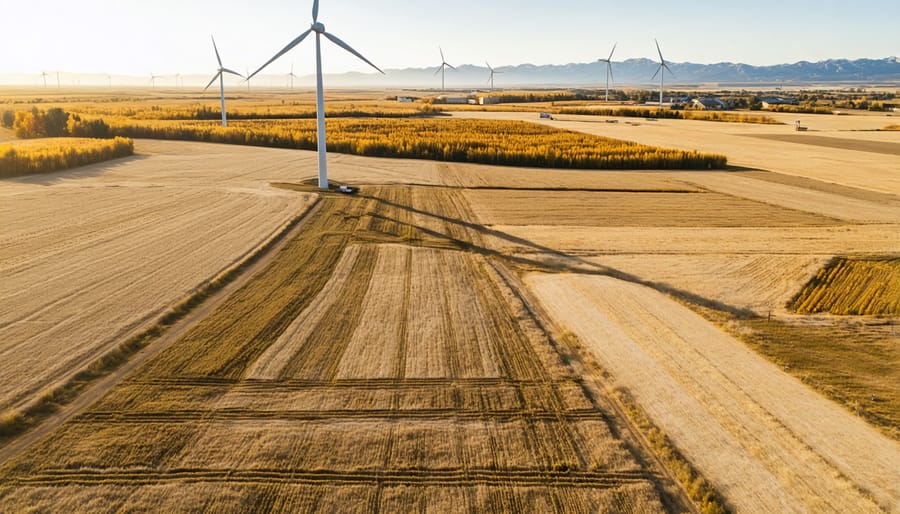Embrace sustainable livestock management to protect our planet and support thriving rural communities. As stewards of the land, Canadian farmers have the power to lead the way in adopting practices that promote animal welfare, reduce environmental impact, and ensure the long-term viability of our agricultural sector.
By implementing innovative strategies such as rotational grazing, precision feeding, and integrated pest management, we can create a more resilient and regenerative farming system. These approaches not only benefit the animals and the environment but also contribute to the economic stability of our farms and rural communities.
Through collaboration, knowledge sharing, and a commitment to continuous improvement, we can build a sustainable future for Canadian agriculture. Together, let us embrace the challenges and opportunities of sustainable livestock management, knowing that our efforts will leave a lasting legacy for generations to come.
The Fundamentals of Sustainable Livestock Management
Grazing Management
Effective grazing management is crucial for sustainable livestock production and can significantly contribute to improved soil health and carbon sequestration. Techniques such as rotational grazing, where animals are moved between pastures, allow for better grass regrowth and nutrient distribution. This not only enhances forage quality but also promotes deeper root systems, which help store more carbon in the soil. Proper stocking rates and avoiding overgrazing further support soil health by minimizing compaction and erosion. Integrating legumes into pastures fixes nitrogen naturally, reducing the need for synthetic fertilizers. Additionally, strategically placing water sources and shade encourages even grazing distribution. By implementing these practices, Canadian farmers can build resilient, productive pastures that benefit both their livestock and the environment. As Albertan rancher John Smith notes, “Since adopting rotational grazing, we’ve seen a noticeable improvement in our soil’s structure and our cattle’s performance.”
Manure Management
Manure management is a critical component of sustainable livestock operations. Proper handling and storage of manure can significantly reduce greenhouse gas emissions while enhancing soil fertility. Composting manure aerobically breaks it down into a stable, nutrient-rich soil amendment. Covered manure storage systems, like tanks or lined lagoons, minimize air and water pollution. Applying manure to fields at agronomic rates based on soil tests and crop needs optimizes nutrient uptake and prevents runoff. Injection or incorporation of manure into the soil soon after spreading further reduces emissions and odors. Rotational grazing also disperses manure across pastures more evenly. By implementing these strategies, livestock farmers can turn a potential waste issue into a valuable resource for building healthy, productive soils while minimizing their environmental impact. Effective manure management is a win-win for the farm and the broader ecosystem.
Feed Management
Sustainable feed management is crucial for reducing the environmental impact of livestock production. One effective approach is to optimize feed formulation, ensuring that the nutritional needs of animals are met while minimizing waste and resource use. This can involve incorporating alternative feed ingredients, such as byproducts from other agricultural processes, which reduces the reliance on resource-intensive crops like corn and soy.
Rotational grazing is another key strategy, allowing animals to consume a diverse range of plants while giving pastures time to regenerate. This approach improves soil health, reduces erosion, and enhances carbon sequestration. Proper grazing management also decreases the need for supplemental feed, further reducing the environmental footprint of livestock production.
By implementing these sustainable feed management practices, Canadian farmers can reduce costs, improve animal health, and contribute to a more resilient and environmentally friendly agricultural system.
Case Studies: Sustainable Livestock Management in Action

Ranch A: Regenerative Grazing
Ranch A, located in the heart of Alberta, has embraced regenerative grazing practices to enhance soil health and boost their bottom line. By implementing a holistic approach to livestock management, the ranch has seen remarkable improvements in their land and animal welfare.
At the core of Ranch A’s success is their commitment to regenerative grazing techniques. This involves carefully managing the timing and intensity of grazing, allowing the grass to recover and grow between grazing periods. The ranch utilizes a rotational grazing system, dividing their pastures into smaller paddocks and moving the cattle frequently to prevent overgrazing and promote even nutrient distribution.
The benefits of regenerative grazing at Ranch A are evident in the thriving ecosystem. The diverse mix of grasses and legumes in their pastures has led to increased soil organic matter, improved water retention, and reduced erosion. This, in turn, has resulted in healthier, more productive forage for the cattle, reducing the need for supplemental feed and lowering input costs.
Moreover, the ranch has observed improvements in animal health and performance. The cattle at Ranch A are less stressed, as they have access to fresh, nutrient-dense pasture throughout the grazing season. This has translated to better weight gains, improved fertility, and reduced veterinary expenses.
The success of Ranch A’s regenerative grazing practices has not only benefited the environment but has also had a positive impact on their financial sustainability. By reducing input costs and increasing the productivity of their land and livestock, the ranch has become more profitable and resilient in the face of market fluctuations and climate challenges.
As a shining example of sustainable livestock management in Alberta, Ranch A serves as an inspiration for other farmers looking to adopt regenerative practices. Their experience demonstrates that prioritizing soil health and animal welfare can lead to both ecological and economic success in the long run.
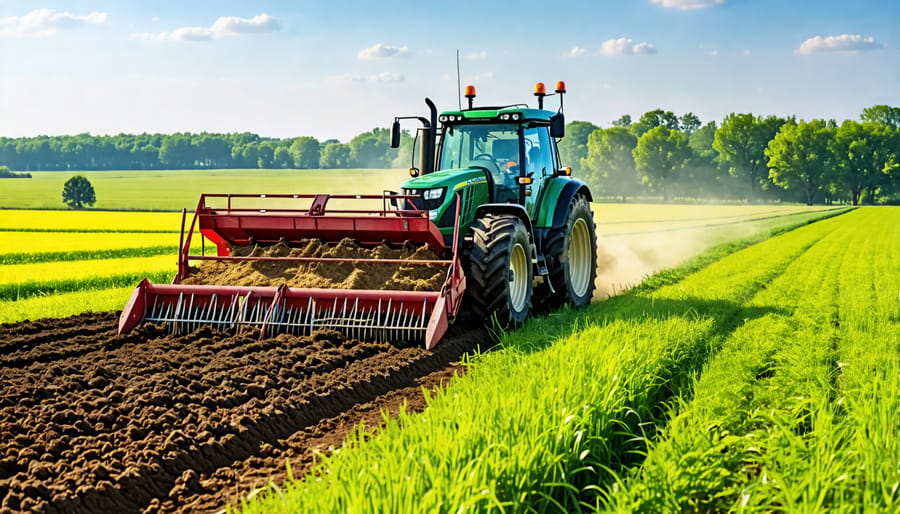
Farm B: Integrated Manure Management
Farm B, located in central Alberta, has developed an innovative approach to manure management that not only reduces environmental impact but also provides economic benefits. By implementing an integrated manure management system, Farm B demonstrates how sustainable practices can lead to improved outcomes for both the farm and the surrounding community.
At the heart of Farm B’s system is a state-of-the-art anaerobic digester, which breaks down manure in the absence of oxygen, producing biogas. This biogas, composed primarily of methane, is captured and used to generate electricity and heat for the farm’s operations. By utilizing this renewable energy source, Farm B significantly reduces its reliance on fossil fuels and lowers its carbon footprint.
The digester also plays a crucial role in nutrient management. Through the digestion process, the manure’s nutrients, such as nitrogen and phosphorus, become more readily available for plant uptake. Farm B applies this nutrient-rich digestate to their fields as a natural fertilizer, reducing the need for synthetic fertilizers and improving soil health. This closed-loop system minimizes nutrient runoff, protecting nearby water sources from pollution.
Moreover, Farm B’s manure management approach creates new revenue streams. Excess electricity generated by the biogas is sold back to the grid, providing an additional income source for the farm. The farm also explores opportunities to sell the digestate as a high-quality organic fertilizer to other farmers in the region, fostering a sense of community and knowledge sharing among local producers.
By embracing integrated manure management, Farm B showcases the potential for Canadian farms to adopt sustainable practices that benefit both the environment and their bottom line. Through innovation and a commitment to stewardship, Farm B serves as an inspiring example for other farmers looking to make a positive impact in their communities.
Expert Insights on Sustainable Livestock Management
The Role of Policy
Government policies play a crucial role in promoting sustainable livestock management practices among Canadian farmers. We spoke with Dr. Emily Thompson, an agricultural policy expert, who emphasized the importance of supportive legislation and incentives.
“Policies that encourage the adoption of sustainable practices, such as rotational grazing, can make a significant difference,” Dr. Thompson explained. “For example, the Canadian Agricultural Partnership (CAP) offers funding for projects that enhance environmental sustainability and climate change adaptation.”
These initiatives can help offset the costs associated with transitioning to more sustainable methods, making it easier for farmers to implement changes. Additionally, policies that support research and development in sustainable agriculture can lead to innovative solutions and best practices.
Dr. Thompson also highlighted the role of government in providing education and resources to farmers. “Extension services and workshops that share knowledge about sustainable livestock management are invaluable. They empower farmers to make informed decisions and connect with others in the community who are working towards similar goals.”
By creating a supportive policy framework, governments can foster a culture of sustainability within the agricultural sector. This, in turn, can lead to healthier ecosystems, more resilient farms, and a thriving industry for generations to come.
The Future of Sustainable Livestock Management
As we look ahead, the future of sustainable livestock management is brimming with exciting possibilities. Dr. Sarah Thompson, a renowned researcher at the University of Alberta, believes that emerging technologies and innovative practices will revolutionize the way we raise animals while prioritizing environmental stewardship.
“One of the most promising trends is the integration of precision farming techniques,” Dr. Thompson explains. “By leveraging sensors, data analytics, and artificial intelligence, farmers can optimize feed ratios, monitor animal health, and reduce waste. This not only improves efficiency but also minimizes the environmental impact of livestock production.”
Another area of focus is the development of alternative feed sources, such as insect protein and algae-based supplements. These sustainable options can reduce reliance on traditional crops, which often compete with human food production and contribute to deforestation.
Dr. Thompson also highlights the potential of regenerative grazing practices, which involve strategically moving livestock to mimic natural grazing patterns. This approach can improve soil health, sequester carbon, and enhance biodiversity. “By embracing sustainable livestock management practices, Canadian farmers can not only reduce their environmental footprint but also improve the resilience and profitability of their operations,” she concludes.
As the world continues to grapple with the challenges of climate change and food security, the future of sustainable livestock management holds immense promise for Canadian agriculture.
Conclusion
In conclusion, sustainable livestock management offers a multitude of benefits for Canadian farmers, their communities, and the environment. By implementing strategies such as rotational grazing, integrated pest management, and precision feeding, farmers can improve animal health and productivity while reducing their environmental impact. Adopting these practices not only contributes to the long-term viability of individual farms but also supports the resilience of rural communities and the agricultural sector as a whole.
As we’ve seen through the inspiring examples of Canadian farmers and the insights shared by industry experts, transitioning to sustainable livestock management is both achievable and rewarding. By embracing these approaches, farmers can position themselves as leaders in the growing movement towards a more sustainable future for agriculture.
We encourage all Canadian farmers, particularly those in the Alberta region, to explore how they can incorporate sustainable livestock management practices into their operations. By working together and learning from one another’s experiences, we can build a stronger, more sustainable agricultural community that will thrive for generations to come. The future of farming is in our hands, and the time to act is now.

